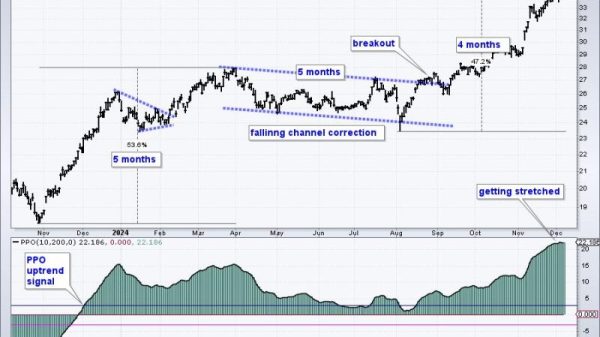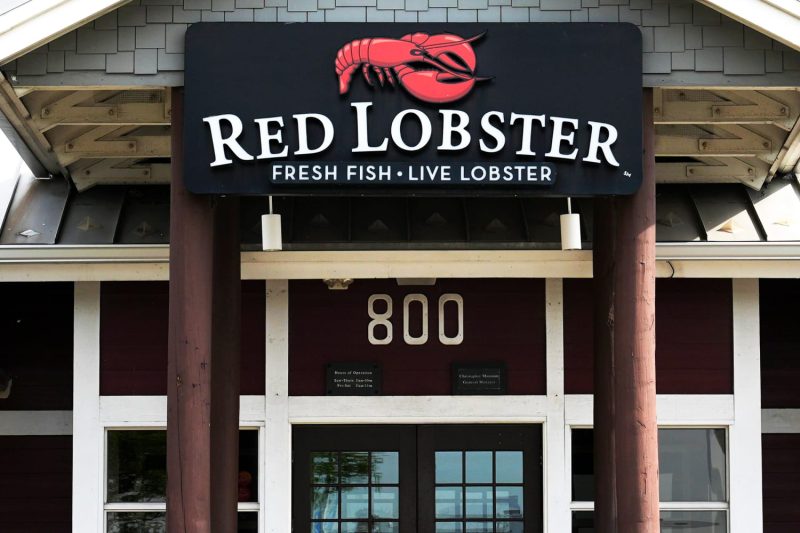Red Lobster, a well-known seafood restaurant chain, experienced a significant transformation when it was acquired by private equity firm Golden Gate Capital in 2014. The move was anticipated to revitalize the struggling brand and usher in a new era of growth and profitability. However, the reality of this acquisition soon unfolded in unexpected ways, revealing the complex interplay between private equity ownership and the operational dynamics of a renowned restaurant chain.
One of the key strategies employed by private equity firms is to rationalize costs and drive efficiency to enhance profitability. In the case of Red Lobster, this translated into initiatives such as the removal of the popular Endless Shrimp promotion, which had been a longstanding customer favorite. While this decision may have initially seemed counterintuitive, it reflected a broader effort to streamline the menu and focus on higher-margin items to improve the chain’s financial performance.
The shift in strategic direction brought about by the private equity acquisition was not without its challenges. Red Lobster faced backlash from loyal customers who missed the familiar offerings that had endeared the brand to them. The removal of the Endless Shrimp promotion, in particular, sparked a social media outcry and shed light on the delicate balance that restaurant chains must strike between cost management and customer loyalty.
Beyond menu changes, the private equity ownership of Red Lobster also prompted a reevaluation of the chain’s physical footprint. Under Golden Gate Capital’s stewardship, Red Lobster embarked on a process of refranchising its locations, transitioning from a predominantly company-owned model to a more asset-light approach. This evolution reflects a broader trend in the restaurant industry, where chains are increasingly turning to franchise agreements as a means of reducing operational costs and capital requirements.
Despite these strategic shifts, the challenges facing Red Lobster persisted. The chain continued to grapple with intense competition in the casual dining sector, as well as broader industry trends such as the rise of delivery and off-premises dining. These headwinds underscored the uphill battle that Red Lobster faced in maintaining its relevance and sustaining its growth trajectory under private equity ownership.
In conclusion, the story of Red Lobster under private equity ownership serves as a nuanced example of the complexities that arise when renowned restaurant chains are subject to external investment and strategic realignment. While private equity firms bring operational expertise and financial resources to the table, their interventions can also disrupt established business models and challenge the traditional practices that have defined brands like Red Lobster for decades. As the restaurant industry continues to evolve, the case of Red Lobster stands as a reminder of the delicate balance that must be struck between innovation and heritage in navigating the dynamics of change.


























